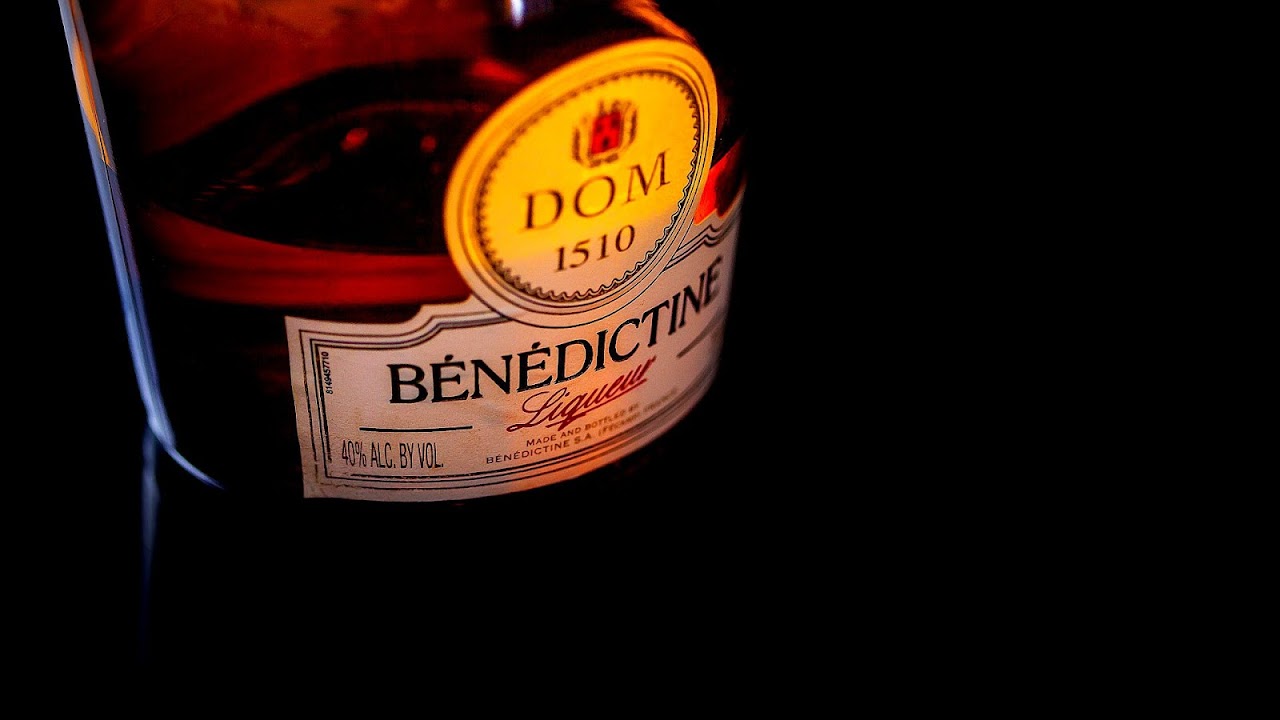
Bénédictine is a herbal liqueur beverage developed by Alexandre Le Grand in the 19th century and produced in France. Every bottle of Bénédictine has the initials D.O.M. on the label, which stands for "Deo Optimo Maximo" ("To God, most good, most great"). This abbreviation is commonly used at the beginning of documents of the Benedictine Order as a dedication of the work.

Maps, Directions, and Place Reviews
History
It is claimed that at the Benedictine Abbey of Fécamp in Normandy, monks had developed a medicinal aromatic herbal beverage which was produced until the abbey's devastation during the French Revolution, but in fact Alexandre Le Grand invented the recipe himself, helped by a local chemist, and he told this story to connect the liqueur with the city history to increase sales. He began production under the trade name "Bénédictine", using a bottle with an easily recognizable shape and label. The family eventually sold the company to Martini and Rossi, which was in turn bought by Bacardi.
The recipe is a closely guarded trade secret, purportedly known to only three people at any given time. So many people have tried to reproduce it that the company maintains on its grounds in Fécamp a "Hall of Counterfeits" (Salle des Contrefaçons). The bottle and label have been imitated, as has the name Bénédictine. The company prosecutes those it feels are infringing on its intellectual property.

Recipe
The manufacturing process involves several distillations which are then blended. The recipe of Bénédictine is commercial secret, but it is known to contain 27 herbs and spices, of which the following 21 are publicly known: Angelica, hyssop, juniper, myrrh, saffron, mace, fir cones, aloe, arnica, lemon balm, tea, thyme, coriander, clove, lemon, vanilla, orange peel, honey, red berries, cinnamon, and nutmeg; leaving 6 unknown ingredients.

Other products
The same company also produces "B & B" (or Bénédictine and Brandy), which is Bénédictine diluted with brandy, making it less sweet than Bénédictine. B & B was developed in the 1930s when consumers began a trend of mixing Bénédictine with brandy to produce a drier taste. Originally both Bénédictine and B & B were 43% alcohol by volume (86 proof), but are now 40% alcohol (80 proof).
In 1977 the company introduced a 30% alcohol (60 proof) coffee liqueur which was called Café Bénédictine, a blend of Bénédictine and a coffee-flavoured liqueur, but it has been discontinued. The company also produces Bénédictine Single Cask, which comes in a unique black bottle and is only available at the Palais de la Bénédictine's store in Fécamp, Normandy, France.

In popular culture
Burnley Miners' Club in Lancashire, United Kingdom is the world's biggest single consumer of Bénédictine liqueur, after Lancashire regiments acquired a taste for it during the First World War. Burnley Football Club also sells Bénédictine on match days, making them the only English club to do this.
Benedictine was a favored drink of the Menachem Schneerson, the last rabbi of the Chabad Hasidic Jewish movement, and as a result is still popular today among the movement's followers. However, the B & B variant is not kosher, since it contains brandy not supervised by rabbis in its manufacture.
Besides the B & B, cocktails using Bénédictine include the Bobby Burns, Frisco, Derby, Singapore Sling, Vieux Carré, Cornell Special, and Monte Carlo.
Source of the article : Wikipedia


EmoticonEmoticon